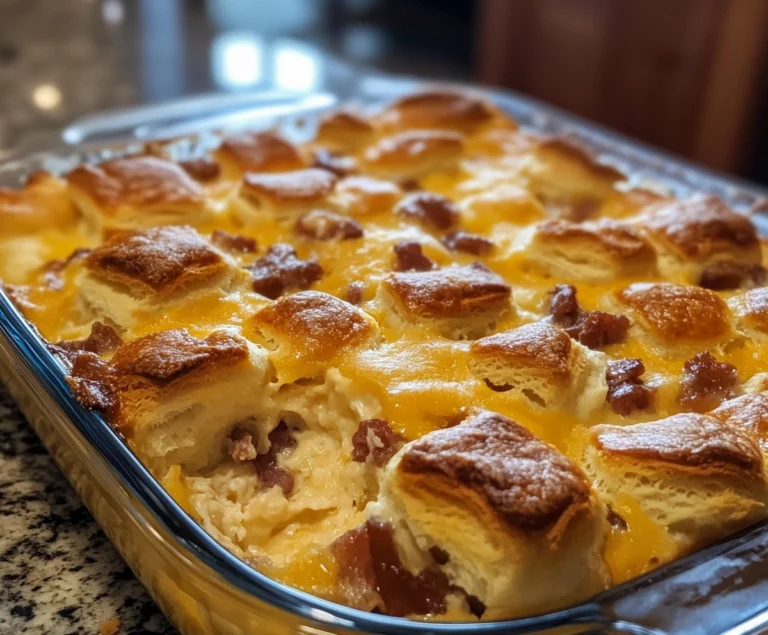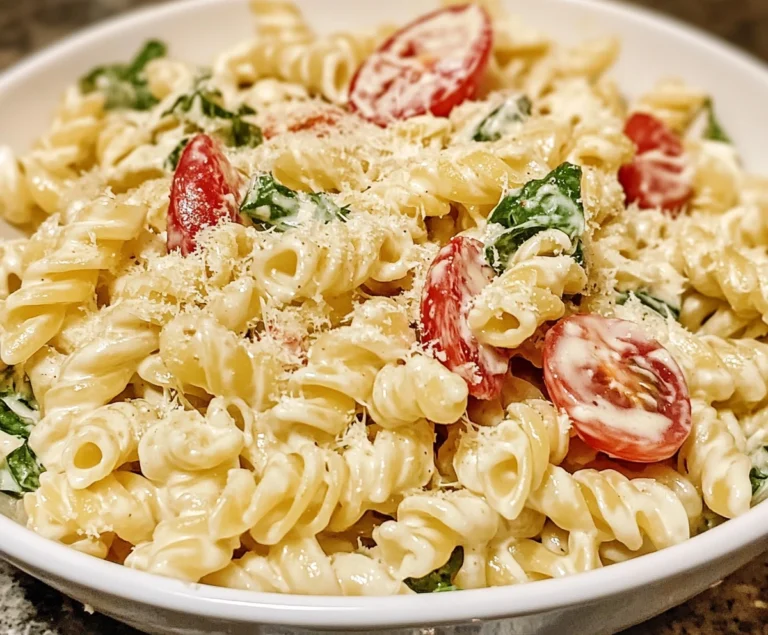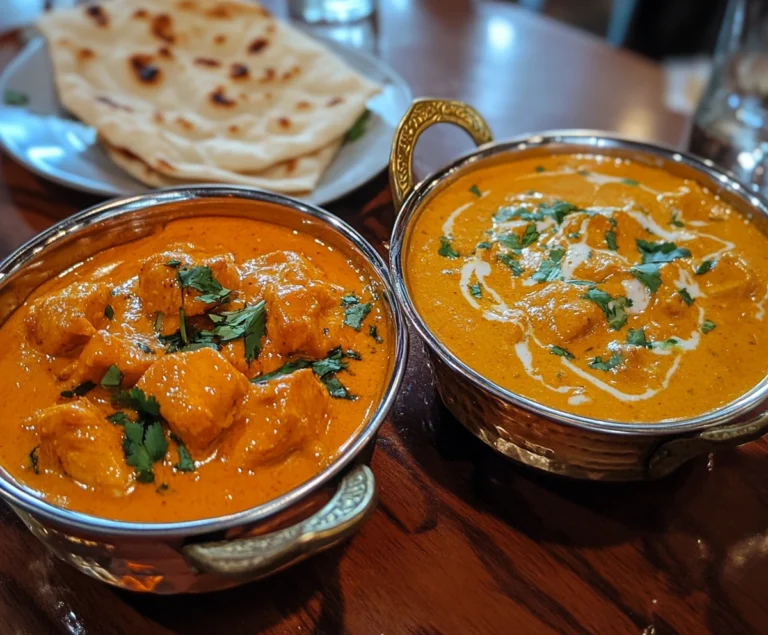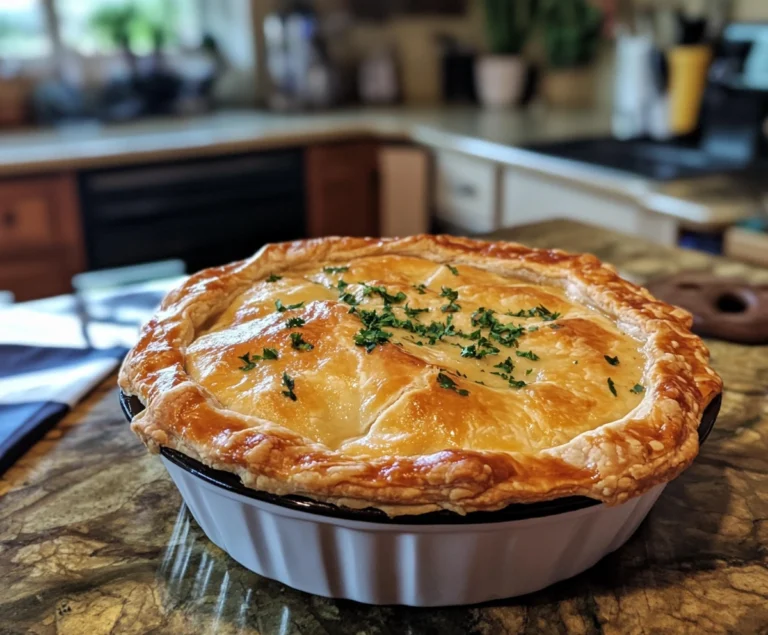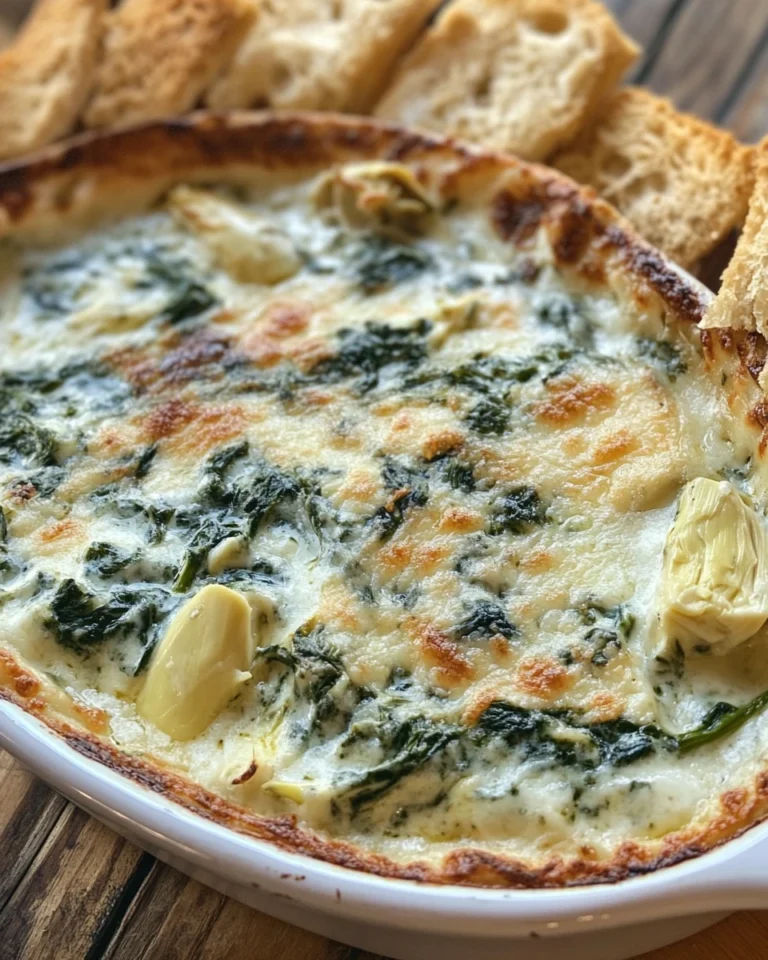How to prep chicken breast for stuffing
This comprehensive guide will take you through every step of the process, including selecting the right chicken breasts, necessary tools, detailed techniques such as butterflying and pounding, and how to stuff and secure the filling. Along the way, you’ll find recipe ideas, tips for cooking methods, and suggestions for side dishes that pair well with stuffed chicken breasts. We’ll also address common FAQs, troubleshooting tips, and discuss the health benefits of different stuffing choices.
Let’s get started with how to prep chicken breast for stuffing and explore all the ways to perfect this culinary art!
Why Chicken Breasts Are Perfect for Stuffing
Chicken breasts are the go-to choice for stuffing due to their mild flavor, which allows a wide range of fillings to shine, and their size, which can easily hold ample stuffing. The texture of boneless, skinless chicken breasts makes them ideal for butterflying and pounding without compromising the integrity of the meat.
Key Benefits of Using Chicken Breasts:
- Versatile flavor profile: Chicken pairs well with a wide variety of herbs, spices, cheeses, and vegetables.
- Health-conscious: Chicken breast is lean, low in fat, and a good source of protein.
- Customizable: You can stuff it with virtually any combination of ingredients to cater to dietary preferences or restrictions.
Many chefs and home cooks find that chicken breasts provide the perfect balance between flavor, ease of preparation, and the ability to hold a variety of fillings. Their size and thickness make them suitable for butterflying, which creates a pocket for the stuffing, and pounding, which ensures even cooking.
If you want to add even more flavor, consider marinating the chicken or using a brine. A simple brine can add moisture and depth of flavor, ensuring your chicken remains juicy throughout the cooking process. Learn more about the benefits of brining chicken and how it enhances flavor.
Tools You’ll Need to Prep Chicken Breasts for Stuffing
Before you dive into the prep process, it’s essential to have the right tools on hand. The proper kitchen tools will not only make the task easier but also ensure precision in your technique, resulting in evenly cooked and beautifully stuffed chicken breasts.
Essential Tools:
- Sharp knife: A good quality chef’s knife is necessary for butterflying the chicken breast.
- Cutting board: A sturdy surface for cutting and working with the chicken.
- Meat mallet or rolling pin: For pounding the chicken breast to an even thickness.
- Plastic wrap or parchment paper: To cover the chicken when pounding, preventing tears in the meat.
- Toothpicks or kitchen twine: To secure the stuffed chicken breasts and prevent the filling from spilling out during cooking.
- Meat thermometer: Ensures the chicken is cooked through to the proper internal temperature of 165°F (74°C).
Having these tools ready will make the entire process smooth and efficient. In particular, using a sharp knife is key to butterflying the chicken breast accurately without tearing the meat.
If you’re new to prepping chicken, don’t worry! This guide will walk you through each step in detail, starting with the most important technique: butterflying the chicken breast.
How to Butterfly Chicken Breasts
Butterflying is a crucial technique for preparing chicken breasts for stuffing. By cutting the chicken horizontally, you create a pocket that can hold your filling. The goal is to create a large, flat surface without cutting all the way through the chicken breast.
Steps to Butterfly Chicken Breasts:
- Position the Chicken: Place the chicken breast flat on a cutting board, making sure the thickest side is facing you.
- Prepare to Slice: Hold a sharp knife parallel to the cutting board. Starting from the thicker side of the chicken, make a horizontal cut toward the center of the breast. Be careful not to cut all the way through.
- Open the Breast: As you cut, stop just before you reach the other side of the chicken breast. You should be able to open the breast like a book, creating a large, even surface.
- Final Check: Ensure that both sides are evenly cut and that there is a pocket in the middle for your stuffing.
If you prefer more detailed visuals, check out this guide on how to stuff chicken breasts, which includes images and a more in-depth explanation.
Butterflying allows the chicken to hold a large amount of stuffing while cooking evenly. Once butterflied, the next step is to pound the chicken to an even thickness, which we’ll cover in the next section.
Pounding the Chicken Breast for Even Thickness
After butterflying the chicken, the next step is to pound it to an even thickness. Pounding is essential because it ensures the chicken cooks evenly. If some parts of the chicken are thicker than others, the thinner sections may overcook before the thicker parts are done.
Steps to Pound Chicken Breasts:
- Cover the Chicken: Place the butterflied chicken breast between two sheets of plastic wrap or parchment paper. This prevents the chicken from sticking to the mallet and tearing.
- Pound Gently: Using the flat side of a meat mallet or a rolling pin, gently pound the chicken, starting from the center and working your way out to the edges. Your goal is to achieve an even thickness of about ¼ inch.
- Check for Evenness: Once the chicken is evenly pounded, check to make sure there are no tears or uneven sections. If the chicken looks fragile, handle it gently as you move on to the seasoning and stuffing process.
Pounding the chicken makes it more pliable and easier to roll if you’re making rolled stuffed chicken breasts. It also helps the chicken cook faster and more evenly, which prevents dryness.
Seasoning Chicken Breasts Before Stuffing
Seasoning is the key to ensuring that your stuffed chicken breasts are flavorful. The stuffing provides flavor on the inside, but the chicken itself should be well-seasoned on both the inside and outside to enhance the overall taste of the dish.
Seasoning Suggestions:
- Basic seasoning: Salt, pepper, garlic powder, and paprika.
- Herbs: Fresh thyme, rosemary, basil, or oregano.
- Marinades: For an extra burst of flavor, you can marinate the chicken in olive oil, lemon juice, garlic, and herbs for at least 30 minutes before stuffing.
When seasoning the chicken, make sure to rub the spices and herbs both inside the butterflied pocket and on the outside. This ensures that every bite is packed with flavor.
For a richer, smoky flavor, consider seasoning the chicken with spices inspired by this smoky chicken bisque recipe, which combines paprika, garlic, and onion powder to create a deeply flavorful dish.
Preparing the Stuffing for Chicken Breasts
The stuffing is where you can get creative and personalize the dish to your liking. There are endless possibilities for what you can put inside your chicken breast. Below are some popular stuffing combinations that you can try:
Cheese-Based Stuffings:
- Spinach and Cheese: A classic filling of sautéed spinach with cream cheese or feta. The spinach adds a fresh, slightly bitter note that complements the richness of the cheese.
- Mozzarella and Sun-Dried Tomatoes: This combination is perfect for an Italian-inspired dish, with mozzarella providing a mild, creamy texture and sun-dried tomatoes adding a tangy burst of flavor.
Vegetable-Based Stuffings:
- Mushroom and Garlic: Sautéed mushrooms mixed with garlic and fresh herbs create an earthy and savory stuffing that pairs well with chicken.
- Bell Peppers and Zucchini: A light and colorful vegetable stuffing that brings freshness and crunch to the dish.
Herb-Based Stuffings:
- Basil, Parsley, and Thyme: For a lighter, herb-forward stuffing, mix fresh herbs with a bit of olive oil and garlic. This is a great option if you’re looking for something lower in calories but still packed with flavor.
Recipe Idea: Spinach and Cheese Stuffed Chicken Breast
- 1 cup fresh spinach, sautéed
- ½ cup shredded mozzarella or cream cheese
- Garlic powder, salt, and pepper to taste
Combine these ingredients and carefully spoon the mixture into the butterflied chicken breasts. If you’re looking for more inspiration, explore how similar ingredients are used in this lemon-blueberry cheesecake recipe, where the blend of flavors creates a perfect harmony between sweet and savory.
Securing the Stuffing in Chicken Breasts
Once you’ve filled your chicken breasts with stuffing, the next step is to ensure the filling stays inside during cooking. You can use toothpicks, kitchen twine, or simply fold the chicken carefully, depending on the recipe and cooking method you choose.
Securing Techniques:
- Toothpicks: Insert toothpicks along the open edge of the chicken breast to hold the two sides together. This is the simplest and most common method.
- Kitchen Twine: If you’re stuffing a large chicken breast or rolling the chicken, tying it with kitchen twine can provide a more secure closure.
- Searing First: Another method to help seal the chicken is to sear the chicken breast in a hot pan for 1–2 minutes on each side before baking or grilling. This seals the edges and helps lock in the stuffing.
Be sure not to overstuff the chicken, as this can cause the filling to spill out during cooking. If using toothpicks, remind your guests to remove them before eating!
Cooking Methods for Stuffed Chicken Breasts
There are several methods you can use to cook stuffed chicken breasts, depending on your preferred texture and the available cooking equipment. The three most popular methods are baking, grilling, and stovetop searing.
1. Baking
Baking is one of the easiest and most reliable ways to cook stuffed chicken breasts. It ensures even cooking and allows the flavors of the stuffing to meld with the chicken.
Baking Instructions:
- Preheat the oven to 375°F (190°C).
- Place the stuffed chicken breasts on a baking sheet or in a baking dish.
- Bake for 25–30 minutes, or until the internal temperature of the chicken reaches 165°F (74°C). Use a meat thermometer to ensure accuracy.
2. Grilling
Grilling adds a smoky, charred flavor to the chicken that many people love. This method works best if the chicken is securely stuffed and tied with kitchen twine.
Grilling Instructions:
- Preheat the grill to medium-high heat.
- Grill the stuffed chicken breasts for about 6–8 minutes per side, depending on their thickness.
- Check the internal temperature to make sure it has reached 165°F (74°C).
3. Stovetop Searing
If you want a crispy, golden exterior, you can sear the chicken on the stovetop before finishing it in the oven. This method works particularly well for rolled stuffed chicken breasts.
Stovetop Instructions:
- Heat a skillet with 2 tablespoons of olive oil over medium heat.
- Sear the chicken breasts for 5–7 minutes on each side, until they are golden brown.
- Transfer the chicken to the oven to finish cooking, making sure the internal temperature reaches 165°F (74°C).
Each method has its advantages, so feel free to experiment and see which one works best for you.
Best Side Dishes for Stuffed Chicken Breasts
Stuffed chicken breasts are a versatile main dish that pairs well with a variety of side dishes. Depending on the stuffing you choose, you can opt for light, fresh sides or hearty, comforting ones.
Light Sides:
- Mixed Green Salad: A simple green salad with vinaigrette pairs well with almost any stuffed chicken recipe.
- Steamed Vegetables: Lightly steamed broccoli, carrots, or asparagus are great for balancing out the richness of a cheese-filled chicken breast.
Hearty Sides:
- Mashed Potatoes: Creamy mashed potatoes with garlic and butter make a comforting and satisfying side for stuffed chicken.
- Roasted Vegetables: Roasted Brussels sprouts, sweet potatoes, or bell peppers complement the flavors of the chicken and add a nice crunch.
Wine Pairings
- White Wine: A crisp Sauvignon Blanc or Chardonnay pairs beautifully with stuffed chicken breasts, especially if the stuffing includes cheese or herbs.
- Red Wine: If you’re using a rich, savory stuffing, a light red wine like Pinot Noir can be a great match.
For more inspiration, check out these ideas for thin chicken breast recipes, which offer creative ways to serve chicken without adding too many calories.
Frequently Asked Questions (FAQs)
Can I Freeze Chicken Breasts After Stuffing Them?
Yes! Stuffed chicken breasts can be frozen either before or after cooking. Here’s how to do it:
- Before Cooking: Prepare and stuff the chicken breasts, then place them on a baking sheet and freeze until solid. Once frozen, wrap them individually in plastic wrap or aluminum foil, and place them in a freezer bag. To cook, thaw in the refrigerator overnight and bake as directed.
- After Cooking: Let the cooked chicken breasts cool completely before wrapping them in plastic wrap or foil. Store in a freezer-safe container or bag. Reheat in the oven at 350°F (175°C) until warmed through.
What Type of Stuffing is Best for Chicken Breasts?
The best stuffing depends on your personal preferences and dietary needs. For a rich, indulgent filling, cheese-based stuffings like mozzarella or cream cheese are always a hit. If you’re looking for a healthier option, try vegetable-based stuffings like spinach, mushrooms, or bell peppers. Herb-based stuffings with fresh basil, parsley, and thyme are also delicious and lighter on calories.
If you need some ideas, try incorporating ingredients from this chicken brine recipe for added moisture and flavor.
How Do I Prevent the Stuffing from Leaking Out?
To prevent the stuffing from leaking out of the chicken during cooking, make sure not to overstuff the chicken breast. Additionally, using toothpicks or kitchen twine to secure the chicken can help keep the filling inside. You can also sear the chicken in a hot pan before baking to seal the edges.
How Can I Ensure My Chicken is Cooked Through Without Drying Out?
The key to ensuring that your chicken is cooked through without drying out is to use a meat thermometer. The internal temperature should reach 165°F (74°C). Overcooking chicken can result in dry, tough meat, so it’s important to monitor the temperature closely. If you’re baking or grilling the chicken, tenting it with aluminum foil for part of the cooking process can help retain moisture.
Conclusion
By mastering the techniques of how to prep chicken breast for stuffing, you can elevate your home-cooked meals with rich flavors and gourmet presentations. Whether you prefer cheese-filled chicken breasts or a healthier, vegetable-based option, the possibilities are endless. With the right tools, a little patience, and the techniques outlined here, you’ll be serving restaurant-quality stuffed chicken breasts in no time.
Experiment with different stuffing combinations, side dishes, and cooking methods to find your favorite variations. Don’t forget to check out more creative recipes from the Aurelia Recipes site for further inspiration.
Happy cooking!


